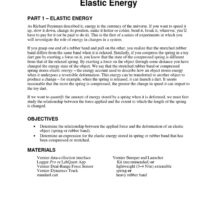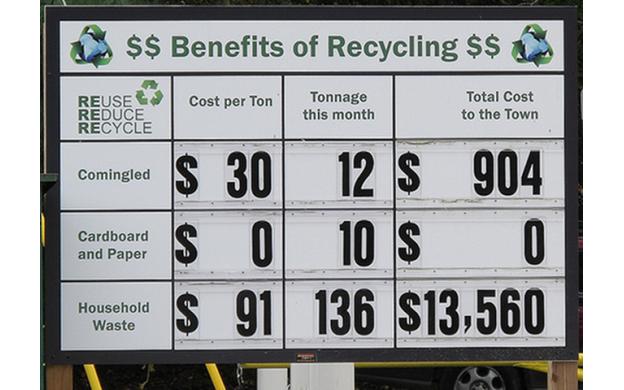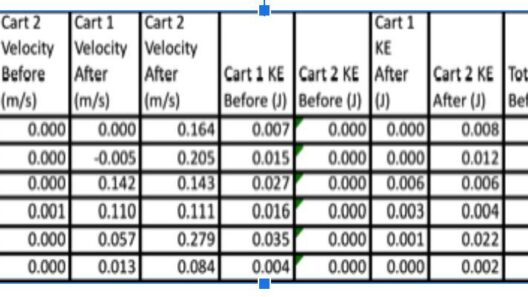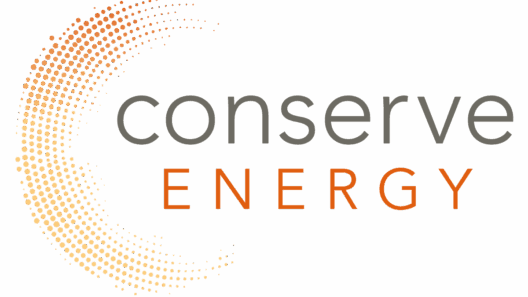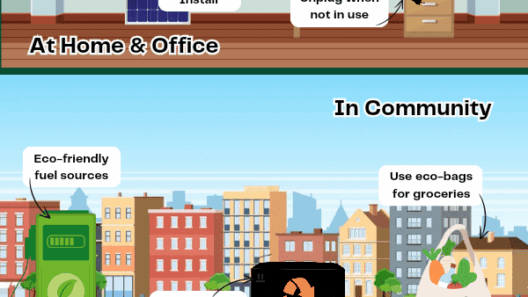In an era defined by escalating climate issues, the utility of recycling as a conservation method garners significant attention. The prevalent assumption that recycling contributes to energy conservation is often accepted without scrutiny. However, a closer examination reveals a complex interplay of variables that influence the efficacy of recycling in energy savings. As we delve into the hidden mathematics behind recycling, we uncover both empirical evidence and theoretical assertions that compel us to reevaluate its role in environmental sustainability.
A fundamental concept involves the energy costs associated with the production of materials. When raw materials are extracted, processed, and transported, they often incur substantial energy expenditures. For instance, producing aluminum from bauxite ore requires approximately 95% more energy than recycling existing aluminum. The recycling process utilizes only a fraction of the energy, thereby significantly mitigating overall energy consumption.
In contrast, the recycling process itself does demand energy. From collection and sorting to processing, the system involves various stages that consume power, primarily drawn from fossil fuel-based grids. Yet, comprehensive lifecycle analyses indicate that the energy savings achieved through recycling can offset these costs. For example, the Energy Information Administration estimates that recycling one ton of paper saves enough energy to power an average home for six months. Such statistics illustrate the broader implications of recycling, beyond merely reducing landfill waste.
Furthermore, different materials embody distinct energy profiles. Plastics, for instance, vary greatly in their recyclability and energy demands. High-density polyethylene (HDPE) is relatively energy-efficient to recycle compared to other plastics. By contrast, certain types of polystyrene necessitate more energy-intensive processes. Thus, not only the act of recycling but the specific type of material being recycled significantly dictates the energy outcomes.
Economic factors also play a critical role in the recycling calculus. The market dynamics of recyclable materials fluctuate based on demand and supply, impacting the feasibility of recycling initiatives. For example, during periods of heightened demand, recycled materials may provide a cost-effective alternative to virgin resources. This aspect emphasizes the importance of a stable market for recycled goods, creating incentives for both consumers and manufacturers to engage in sustainable practices.
Another key consideration is the location and infrastructure surrounding recycling activities. Urban areas often benefit from established recycling facilities that streamline the process, while rural regions may face logistical challenges. Transportation contributes to the energy footprint of recycling, potentially negating some of its benefits. Hence, the proximity of consumers to recycling centers and the efficiency of waste collection systems become critical determinants of the overall energy equation.
Moreover, consumer behavior exerts a profound influence on the recycling landscape. Public awareness and education campaigns can enhance participation rates, ultimately leading to higher recycling volumes. The relationship between individual initiative and systemic support positions recycling as a shared responsibility among consumers and municipalities. When communities actively engage, recycling programs achieve their maximum potential, thereby amplifying energy savings and reducing emissions.
The relationship between recycling and energy conservation is not singularly linear, and thus it becomes essential to adopt a holistic view. The myriad factors involved underscore the intricacies of environmental stewardship. For instance, an increase in recycling rates can result in a reduction in energy consumption and greenhouse gas emissions. However, if the quality of recycled materials diminishes due to contamination, the benefits may be compromised. As such, the emphasis on proper recycling practices cannot be overstated.
Additionally, alternative waste management strategies can complement recycling efforts. Composting organic materials, for example, diverts waste from landfills while enriching soil health. This practice not only curtails methane emissions—a potent greenhouse gas—but also conserves energy associated with synthetic fertilizers. Thus, a diversified approach that incorporates recycling, composting, and reduction of consumption offers a robust framework for energy conservation.
The nuances of recycling extend beyond energy conservation to encompass socioeconomic dimensions. Low-income communities frequently bear the brunt of environmental impacts, disproportionately affected by waste management practices. Effective recycling programs can generate local employment, promote economic resilience, and improve public health in underserved areas. In this light, recycling transcends its environmental implications, emerging as a pathway for social equity and community empowerment.
In conclusion, while the assertion that recycling aids in energy conservation carries merit, it is imperative to appreciate the multifaceted dynamics at play. The hidden mathematics of recycling reveals a tapestry woven from material types, market conditions, consumer behavior, and infrastructural efficiencies. By addressing these complicated relationships, stakeholders can cultivate more effective recycling strategies that genuinely contribute to energy conservation. Hence, embracing a comprehensive understanding of recycling not only enhances its efficacy in mitigating climate change but also fosters a more sustainable future for generations to come.
Ultimately, we find ourselves at a crossroads. As global citizens, we can choose to engage meaningfully with recycling by becoming informed participants in this intricate system. Whether through advocating for more robust recycling programs, demanding transparency in material sourcing, or simply committing to reduce, recycle, and reuse—our choices hold the power to effectuate tangible change. Let us harness that potential wisely.
